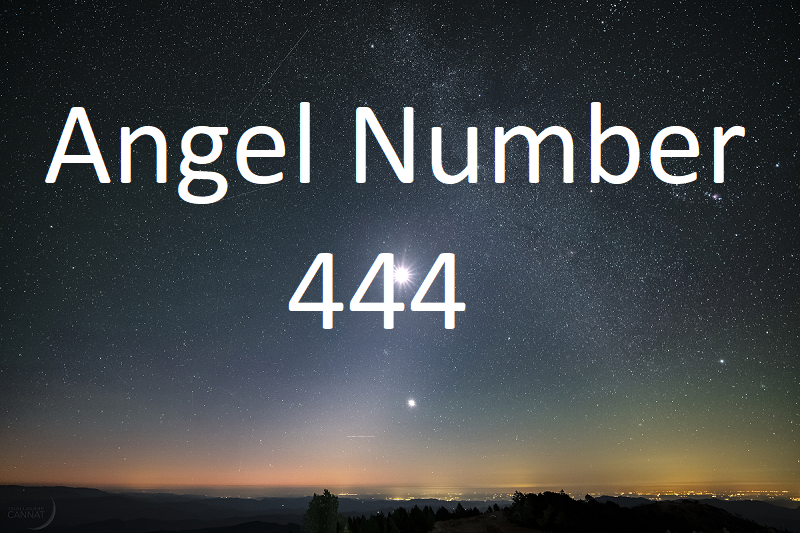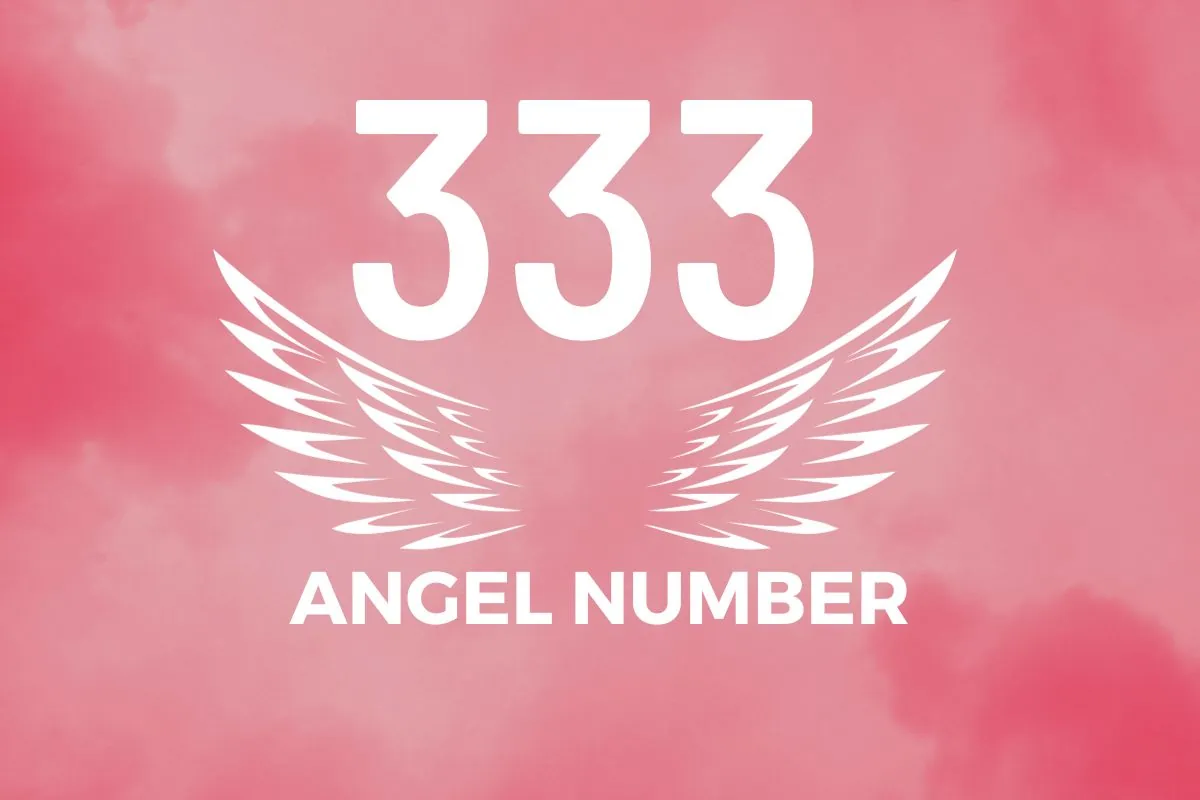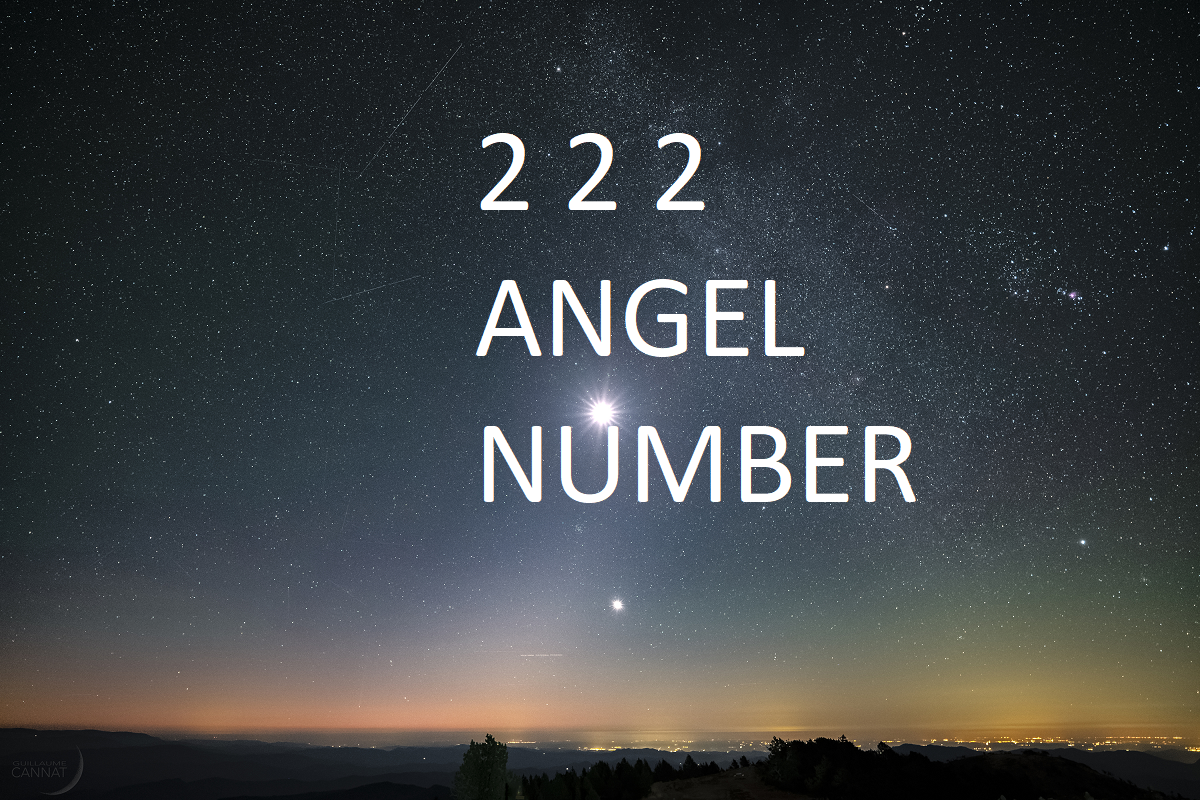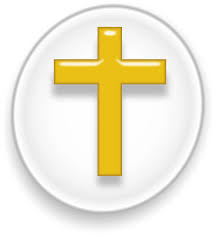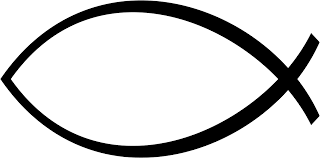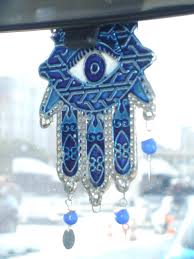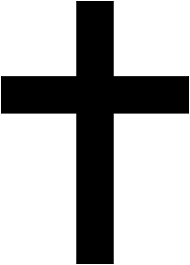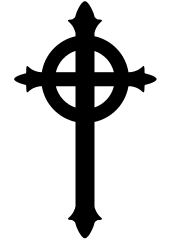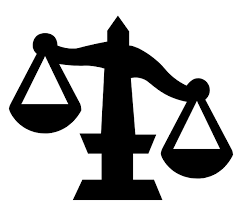
Holy Trinit symbol
| Symbol | Holy Trinit |
| Religion | Christianity |
| Origin | The concept of the Holy Trinity finds its roots in the Christian doctrine, particularly articulated in the New Testament of the Bible. |
| Meaning | Signifies the belief in one God who exists as three distinct persons: God the Father, God the Son (Jesus Christ), and God the Holy Spirit |
| Appearance | The Holy Trinity symbol is often represented as a triangular design, sometimes interwoven or with each person (Father, Son, and Holy Spirit) depicted at the corners of the triangle. |
| Colors | Colors associated with the Holy Trinity symbol can vary depending on cultural and artistic representations. Commonly, gold, white, and/or blue are used to symbolize the divine nature and purity. |
| Usage | It is used in Christian worship, art, architecture, and symbolism to represent the core doctrine of the Christian faith. |
| History | The concept of the Holy Trinity has been a central tenet of Christian theology since the early centuries of the Church, with debates and councils refining its understanding. |
| Popularity | The Holy Trinity symbol is ubiquitous in Christian contexts and is recognized by millions of Christians worldwide. |
| Importance | It is foundational to Christian belief, representing the nature of God as understood in the Christian faith. |
| Complexity | The concept of the Trinity is complex and has been a subject of theological debate throughout Christian history. It involves understanding God as both one essence and three distinct persons. |
| Emotions | The symbol of the Holy Trinity can evoke various emotions among Christians, including reverence, awe, and a sense of the mystery of God's nature. |
The concept of the Holy Trinity, the belief in one God existing in three persons – Father, Son (Jesus Christ), and Holy Spirit – is a core tenet of Christianity. However, visually representing this complex theological concept presents a challenge. While there’s no single, universally accepted symbol, various forms have emerged throughout history, each conveying different aspects of the Trinity.
Common Symbols:
- Equilateral Triangle: This geometric shape, with its three equal sides and angles, suggests three distinct yet interconnected parts forming a unified whole.
- Triquetra: This Celtic knot with three interconnected loops symbolizes the eternal nature of the Trinity and the interweaving of the three persons.
- Three Intersecting Circles: Overlapping circles represent the distinctness of each person while their intersection highlights their unity.
- Borromean Rings: Three linked rings demonstrate that removing one ring separates the others, emphasizing the interdependence of the Father, Son, and Holy Spirit.
Additional Representations:
- Light: Divine light often symbolizes the Holy Spirit, sometimes depicted as a dove or rays emanating from the Father.
- Hand: The hand of God can represent the Father’s creative power or the collective action of the Trinity.
- Fish: The Ichthys symbol, an early Christian emblem, uses the Greek word for “fish” to represent the initials of Jesus Christ, Son of God, Savior.
Remember:
- These symbols are interpretations and not meant to be literal representations of God.
- Their meanings can vary depending on the context and tradition.
- Some Christian denominations, like Eastern Orthodoxy, have restrictions on depicting God the Father.
View rest of the Christianity Symbols, Religious Symbols
-
444 angel number
-
333 angel number
-
222 Angel Number
-
Christianity
-
Catholic Fish
-
Hamsa Hand
-
Jesus Cross
-
Presbyterian
-
Judgement
